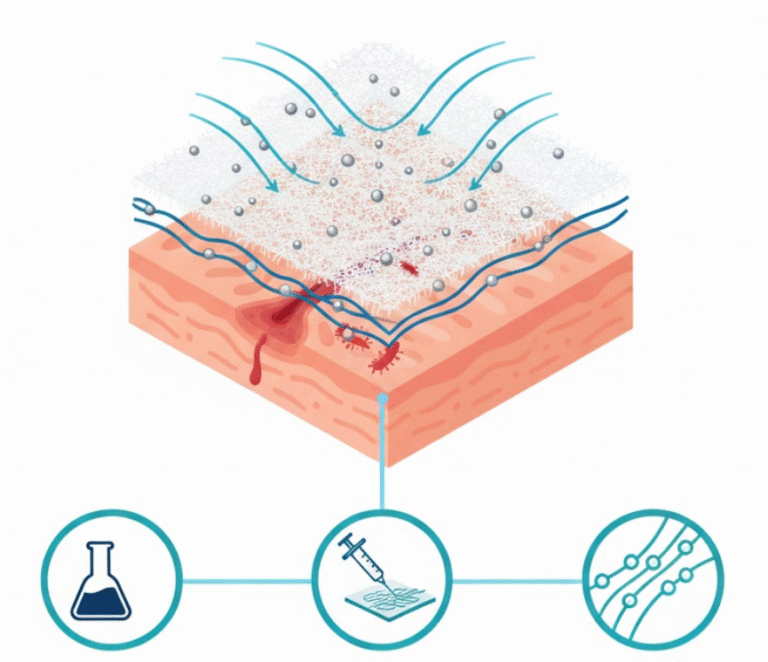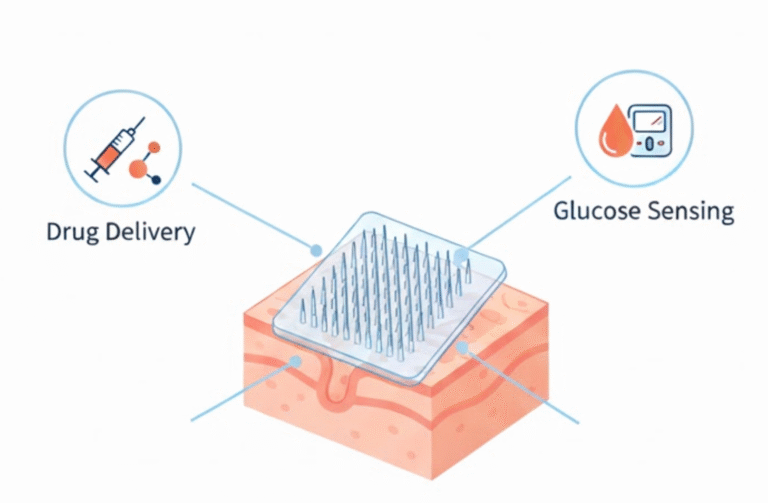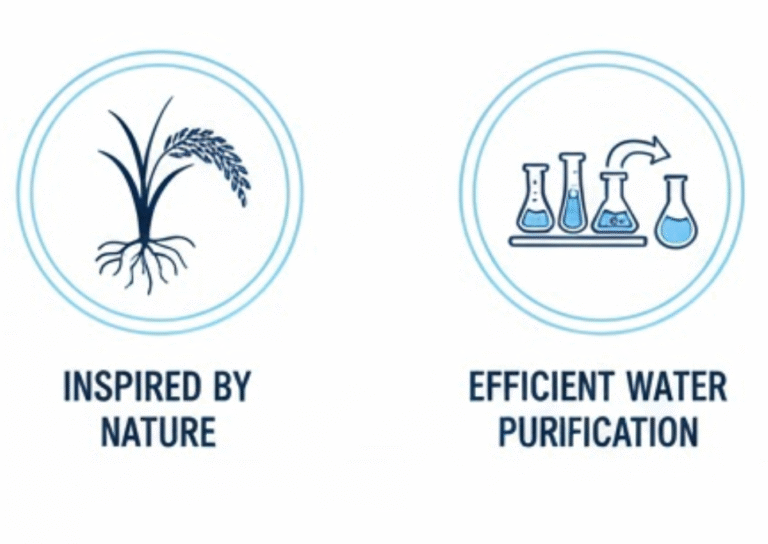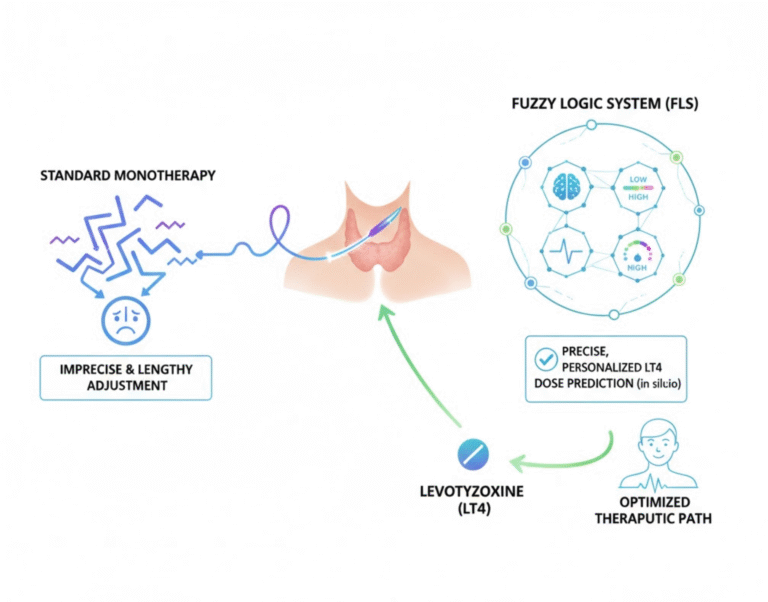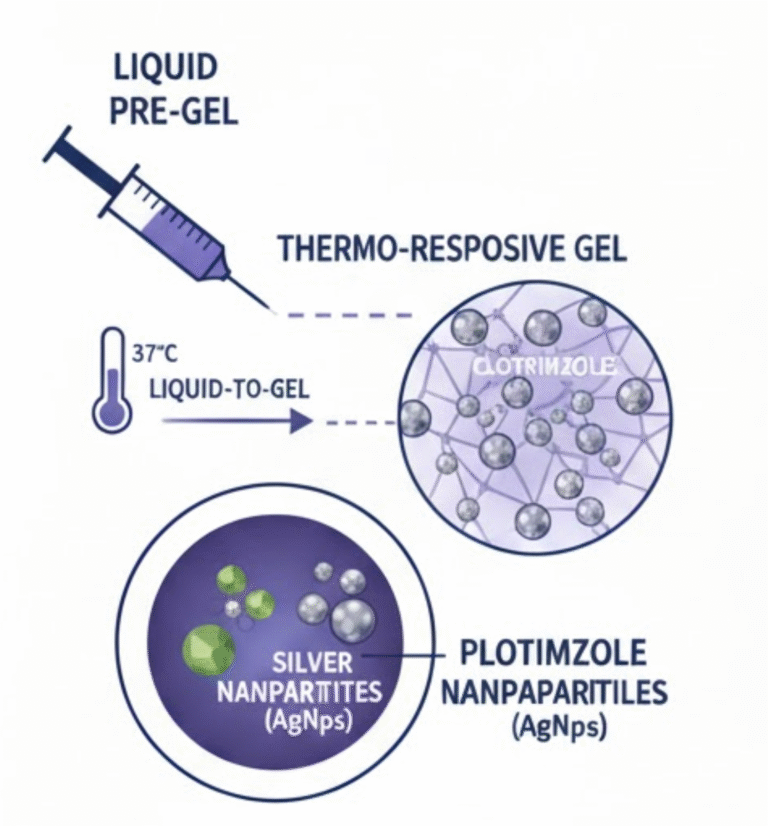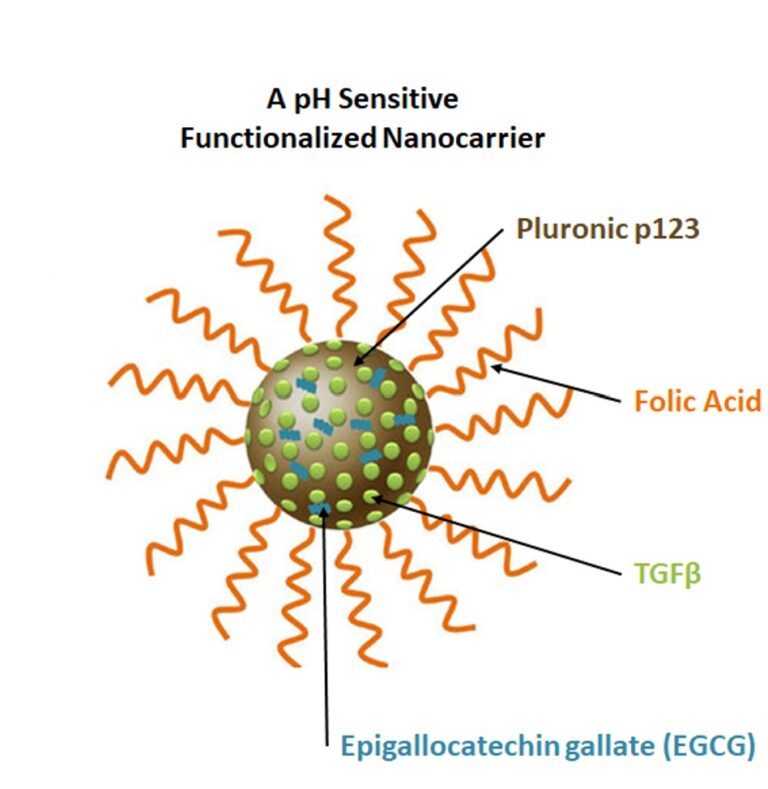RESERACH AREA
Biomaterials & Drug Delivery Systems
Introduction
At the intersection of materials science, pharmacology, and biology, the Biomaterials & Drug Delivery Systems division at INVITROVO is dedicated to engineering the next generation of medical treatments. Conventional therapies often face challenges such as poor specificity, systemic side effects, and limited efficacy. Our research confronts these limitations by designing and developing sophisticated biomaterials that can precisely control the delivery of therapeutic agents to their intended targets, revolutionizing how diseases are treated and managed.
Research Spectrum
Our work encompasses a multidisciplinary approach to creating innovative biomedical solutions. The spectrum of our research includes:
- Smart & Responsive Biomaterials: Development of novel polymers, hydrogels, and composites that can respond to specific biological cues (e.g., pH, temperature, enzymes) to trigger drug release.
- Nanomedicine and Nanoparticle Engineering: Designing and fabricating advanced nanoscale delivery vehicles—such as liposomes, micelles, and polymeric nanoparticles—for targeted cancer therapy, gene delivery, and diagnostics.
- Targeted Drug Delivery: Functionalizing biomaterials with specific ligands (e.g., antibodies, peptides) to ensure active targeting of drugs to diseased cells and tissues, thereby minimizing harm to healthy areas.
- Controlled-Release Formulations: Creating systems for sustained and predictable release of therapeutics over extended periods (i.e., prolonged release), improving patient compliance and treatment outcomes for chronic conditions.
- Biomaterials for Regenerative Medicine: Engineering bioactive scaffolds that support tissue regeneration and repair, often by delivering growth factors and other signaling molecules directly to the site of injury.
Core Objectives
The ultimate goal of our research is to translate laboratory innovations into applicable clinical benefits. Our primary objectives are:
- To Enhance Therapeutic Efficacy: To maximize the effectiveness of drugs by ensuring they reach their target site, elevating its bioavailability at the optimal concentration and time.
- To Minimize Systemic Side Effects: To significantly reduce the toxicity and adverse effects associated with powerful drugs by preventing their accumulation in non-target tissues.
- To Overcome Biological Barriers: To engineer delivery systems capable of bypassing the body’s natural defenses and physiological barriers to treat previously inaccessible targets.
- To Enable Novel Therapies: To develop viable delivery platforms for cutting-edge therapeutics like RNA-based drugs, peptides, and gene-editing technologies.
- To Advance Personalized Medicine: To create adaptable delivery systems that can be tailored to the unique biological landscape of an individual patient.

